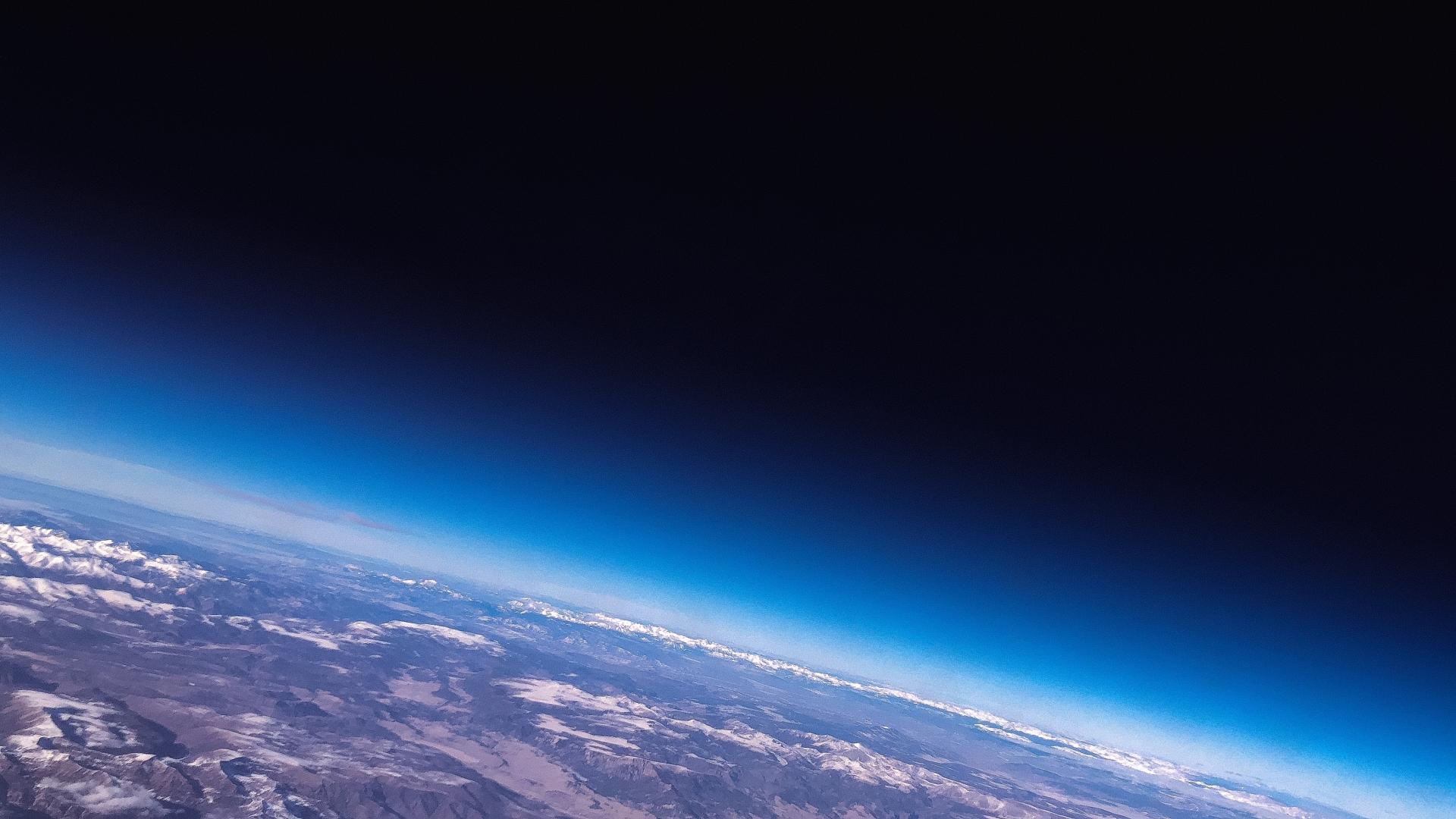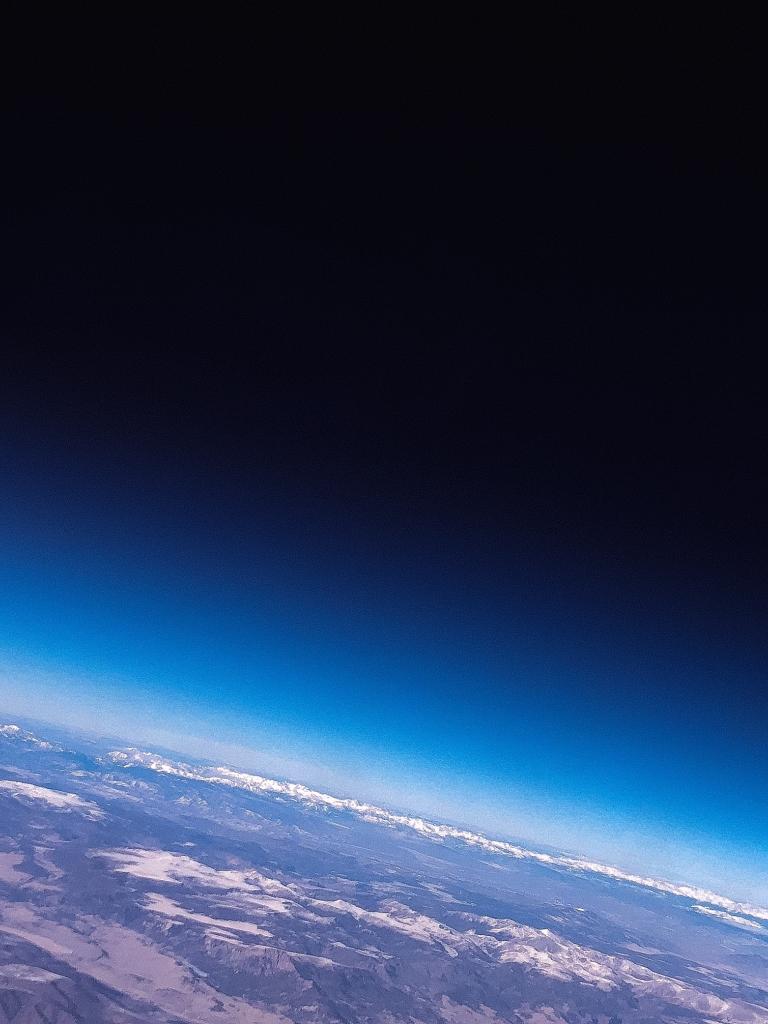Meteosat Third Generation
MTG - one of the most innovative geostationary meteorological satellite systems ever built.

Monitoring atmospheric composition from space


16 October 2025
04 September 2020
EUMETSAT supports the operational monitoring and forecasting of atmospheric composition using data provided by both its geostationary and polar-orbiting satellites. These measure aerosols (microscopic particles) and trace gases in the atmosphere.
The data they provide on the composition of the Earth’s atmosphere and its physical characteristics are critical for our understanding of weather and climate patterns, as well as to ensure the accuracy of numerical weather prediction models.
Data captured by these satellites also form critical inputs to the monitoring and forecasting of air quality. This is critical both for the health of European citizens, and for our understanding of some of the causes of climate change.

Imagery from the geostationary Meteosat satellites is used to characterise aerosols in the atmosphere, including volcanic ash and dust. Instruments on the polar-orbiting Metop satellites (IASI and GOME-2) observe trace gases such as ozone, nitrogen dioxide, carbon monoxide and methane as well as aerosols.
The Copernicus Sentinel-4 and 5 instruments on board EUMETSAT’s next generation satellites will increase our ability to supply observations of the atmosphere even further.
Sentinel-4, carried by Meteosat Third Generation (MTG) sounder satellites, will monitor air quality over Europe every hour at high spatial resolution. Sentinel-5 embarked on the Metop Second Generation (Metop-SG) satellites, will monitor global air quality and climate-related trace gases and aerosols in the Earth’s atmosphere.
Both of the Sentinel instruments will work together with existing instruments on the satellites, for instance, Sentinel-4 will work with the new Infrared Sounder (IRS) and imager (FCI) on MTG, and the Sentinel-5 instrument will work with the IASI-NG, 3MI and METimage instruments.
EUMETSAT delivers atmospheric composition data to its member states, the Copernicus Atmosphere Monitoring Service and users worldwide.
Please visit the EUMETSAT user portal to access data directly and find information on training activities.